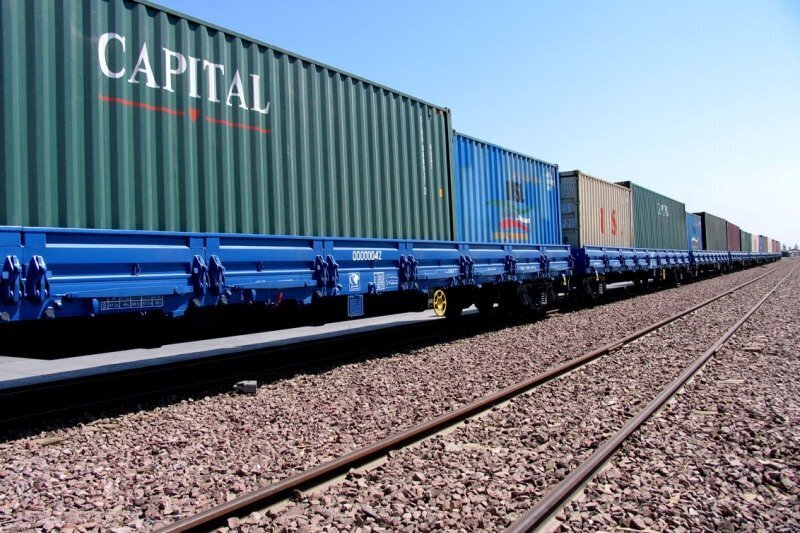Rail transit through Iran hits new record high

TEHRAN - Transit of goods through Iran’s railway network rose over 200 percent during the first nine months of the current Iranian calendar year (March 21-December 21, 2021) to register the highest year-on-year increase over the past 10 years, IRIB reported.
Based on the data released by the Iranian Transport and Urban Development Ministry, over 1.39 million tons of commodities were transited via the Iranian rail network in the mentioned nine months, 202 percent more than the previous year’s same period in which the figure stood at 460,000 tons.
According to the mentioned data, prior to this record, the highest volume of transit had been registered in the Iranian calendar year 1396 (ended in March 2018) when 1.2 million tons of commodities had been transited.
During the first nine months of the current year, 955 locomotives and 27,602 freight wagons were active in the country, the number of which has increased by 0.1 percent and two percent, respectively, compared to the previous year.
Since the Islamic Revolution in 1978 up until the previous Iranian calendar year (ended on March 2021), the number of freight wagons active in the country has increased from 12,150 to 26,978 which indicates more than 200 percent of growth, based on the Transport Ministry data.
The amount of cargo transmission has also increased from seven million tons in 1978 to 51 million tons in 2021.
Earlier this month, the spokesman of the Islamic Republic of Iran Customs Administration (IRICA) announced that transit of goods via Iran rose 53 percent during the ninth month of the current Iranian calendar year, as compared to the same period of time in the past year.
Ruhollah Latifi said that 1.057 million tons of goods were transited via the country during the seven-month period.
Iran is one of the countries that have a special status in trade and transit relations due to its strategic location and special geography, as the country is the passage of several important international corridors.
In the south of Iran is the Persian Gulf, which is home to the world's major oil-producing countries. This region is considered the energy bottleneck of the world.
In the north of Iran is the Caspian Sea, which is the best bridge between Iran, Russia, Kazakhstan, Turkmenistan, and Azerbaijan and can play an important role in trade between these countries.
The country, also, borders Iraq, Turkey, Pakistan, and Afghanistan to the west and east.
EF/MA

Leave a Comment